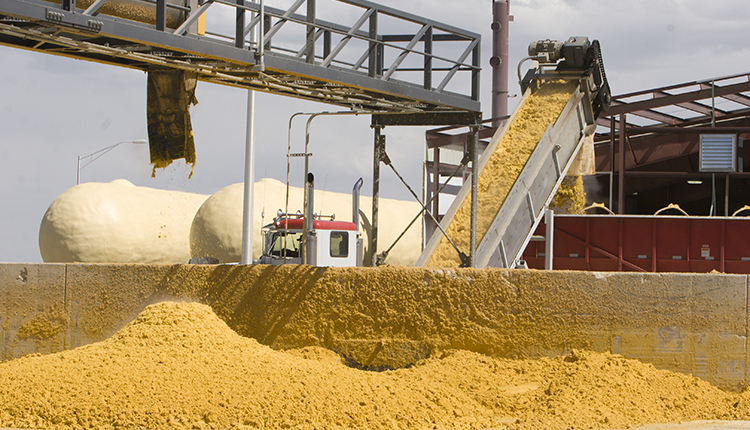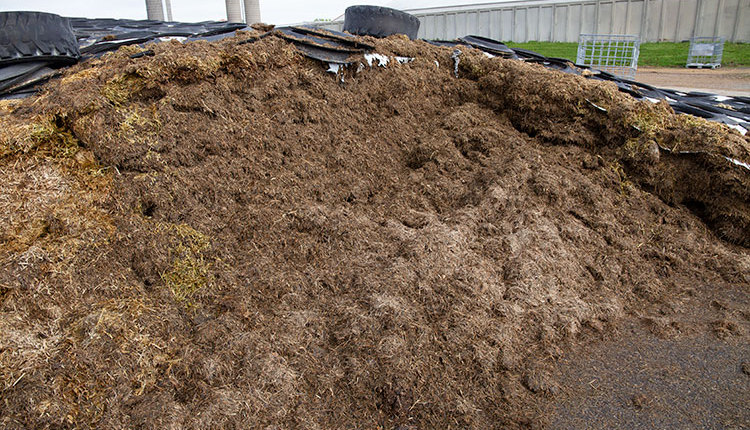
Over the last 10 years, the fat component of milk has been a key driver of milk price. The construction of the ration can have a significant impact on milkfat percentage and milk yield. Historically, there has been a focus on starch and starch degradability and their potential negative impact on milkfat production.
More recently, researchers and nutritionists have come to understand that the perceived negative impact of starch-containing feeds may not be related to the starch itself as much as it is to the unsaturated fatty acid load contributed by the starch.
Unsaturated fatty acids, which are a key component of the oil in corn, are antimicrobial in action. Rumen bacteria must saturate these fatty acids through biohydrogenation to reduce their toxicity. If there are more fatty acids ingested by the cow than the bacteria can handle, the function of fiber digesting bacteria is impaired. In those instances, there is the potential creation of a type of fatty acid called conjugated linoleic acid (CLA) in the rumen that acts as a potent metabolic suppressor of milkfat production.
When developing rations for high-producing cows, considering only the amount of fed unsaturated fatty acids does not allow us to promote higher production of milkfat. In a survey of 21 high-producing herds averaging over 100 pounds of milk, milkfat ranged from 3.6% to 4% fat. Larry Chase of Cornell University observed a spread of unsaturated fatty acids fed from 518 to 928 grams. All of these higher-producing herds were able to feed a range of unsaturated fatty acids successfully. The additional key consideration in feeding sources of unsaturated fatty acids is rumen accessibility — how quickly the fatty acids are released from the feed into the rumen environment.
How quickly can bugs get it
Rumen accessibility of fatty acids varies significantly by feed type. In cottonseed, the fat is encapsulated and is released quite slowly. In corn distillers, the oil tends to be on the surface and may be released quite rapidly. Corn silage and corn grain materials, while lower in total and unsaturated fatty acids, have a viable rate of release of these fatty acids. It is important for a dairyman or nutritionist to understand the rumen access potential of fatty acids in these feeds if a ration is to be developed that can promote high milk and fat production.
The starch in corn silage and fermented corn grain can have significant variation in potential rumen starch access (how quickly starch breaks down and is available to the rumen). An analysis of over 300 corn silage samples at Cumberland Valley Analytical Services from the 2019 crop year shows the amount of rapidly accessible starch to generally run from 35% to 85% of total starch, depending on processing. This variation in rapidly accessible starch leads to a significant range in rapidly accessible fatty acids. The data in the figure shows a strong relationship between rapidly accessible starch and rapidly accessible fatty acids as shown in the graph below.

The rate of release of fatty acids in the rumen is important to understand in order to develop rations that support high milk and fat production. Laboratory analysis for starch degradability or rumen accessible starch will allow us to understand the potential rumen accessible fatty acid component of corn silage and fermented corn grain. Nutritionists can also request an analysis for rapidly accessible fatty acids in various high fat feeds, corn silage, and corn grain materials.








